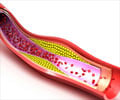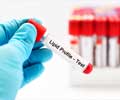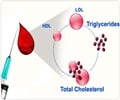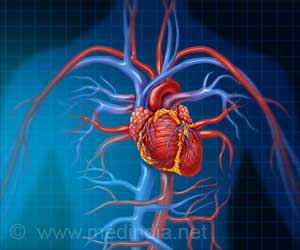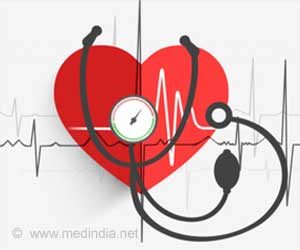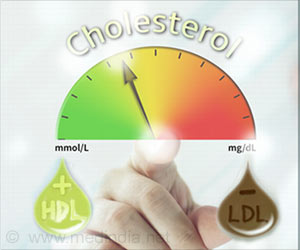Johns Hopkins researchers have developed a new way to calculate low-density lipoprotein (LDL) cholesterol that can lead to hardening of arteries and boost the risk of heart attack and stroke.
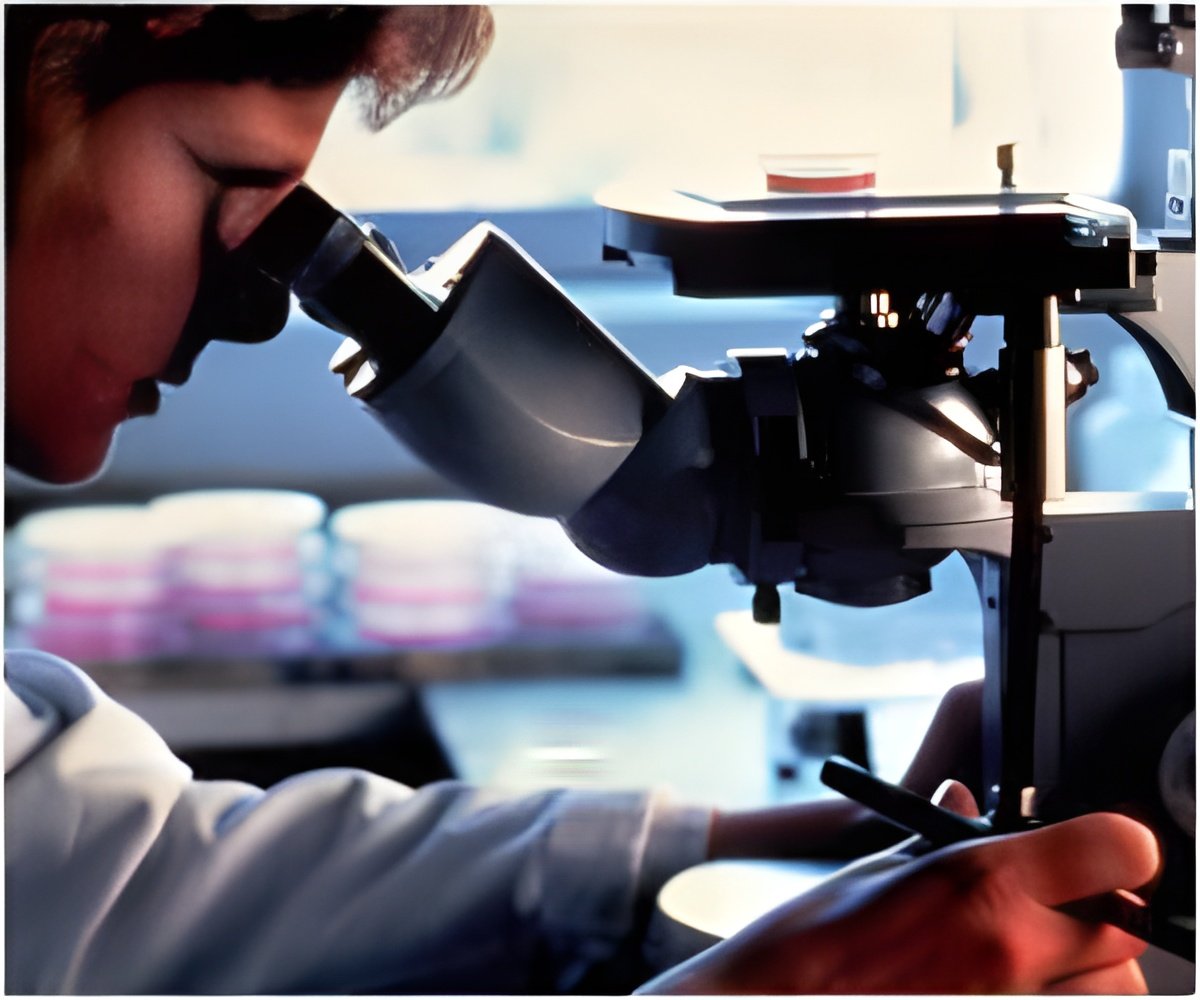
Many studies have shown that higher levels of LDL cholesterol signal greater risk of plaque accumulating in heart arteries. Since 1972, a formula called the Friedewald equation has been used to gauge LDL cholesterol. It is an estimate rather than a direct measurement. However, physicians use the number to assess their patients' risk and determine the best course of treatment.
The Friedewald equation estimates LDL cholesterol with the following formula: total cholesterol minus HDL cholesterol minus triglycerides divided by five. The result is expressed in milligrams per deciliter. That equation, the researchers say, applies a one-size-fits-all factor of five to everyone; a more accurate formula would take specific details about a person's cholesterol and triglyceride levels into account.
Using a database of blood lipid samples from more than 1.3 million Americans that were directly measured with a traditional and widely accepted technique known as ultracentrifugation, the researchers developed an entirely different system and created a chart that uses 180 different factors to more accurately calculate LDL cholesterol and individualize the assessment for patients.
"We believe that this new system would provide a more accurate basis for decisions about treatment to prevent heart attack and stroke," says Martin.
Results of the new study are built on research by the same authors from the Johns Hopkins University School of Medicine and published in the Journal of the American College of Cardiology. In that study, the researchers compared samples assessed using the Friedewald equation with a direct calculation of the LDL cholesterol.
"As a result, many people — especially those with high triglyceride levels — may have a false sense of assurance that their LDL cholesterol is at an ideal level. Instead, they may need more aggressive treatment to reduce their heart disease risk," says Steven Jones, M.D., director of inpatient cardiology at The Johns Hopkins Hospital and a faculty member at the Ciccarone Center who is the senior author of the study.
Jones, who originated the idea to use the large laboratory database to assess the Friedewald equation, says the information was provided by the lab at no cost. The lab, Atherotech, did not provide any funding for the research or input on the calculations or study article. The database used in the study is registered on the website http://www.clinicaltrials.gov and will be an important resource for ongoing scientific investigation.
Source-Eurekalert
 MEDINDIA
MEDINDIA




 Email
Email



